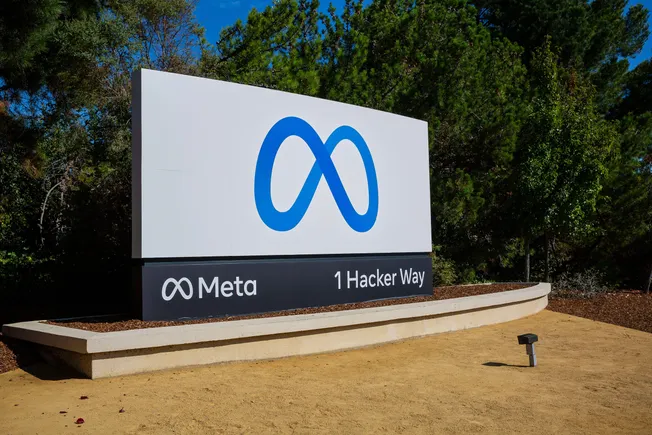TL;DR Summary of Meta Faces Major Scrutiny Over Scam Advertising Revenue
Optimixed’s Overview: How Scam Advertisements Are Impacting Meta’s Revenue and Reputation
Revelations from Internal Reports
Meta’s internal documents, obtained by journalists, highlight a significant challenge: approximately 10% of the company’s total annual revenue, or about $16 billion, comes from scam advertisements and promotions of banned products. On average, Meta’s platforms display an estimated 15 billion “higher risk” scam ads daily, many of which exhibit clear signs of fraud.
User Experience and Advertising Impact
- Widespread User Complaints: Facebook and Instagram users have long reported scam ads, though Meta’s responses remain limited.
- Ad Personalization Concerns: Meta’s system tends to show more scam ads to users who interact with them, potentially increasing victimization.
- Rising Advertising Costs: The presence of scam ads drives up demand and costs for all advertisers on Meta’s platforms.
Regulatory and Industry Implications
With global scam losses exceeding a trillion dollars annually and nearly a quarter of adults worldwide affected, regulators are scrutinizing Meta’s advertising ecosystem closely. Meta denies the full extent of the claims, citing improved scam detection efforts that have reduced user reports by 58% in 2025. However, if these allegations hold, Meta could face significant fines, especially if penalties surpass the profits gained from scam ads.
Looking Ahead
The ongoing investigation into Meta’s advertising practices may affect the company’s reputation and future investments. Additionally, political and regulatory dynamics, including Meta’s relationships and strategic moves, could influence the scrutiny and outcomes related to these revelations.
